The fluorescent glow of computer monitors illuminates a darkened room at the FBI’s Behavioral Analysis Unit in Quantico, Virginia. On the screens, a virtual crime scene unfolds—not as static photographs or grainy surveillance footage, but as a fully interactive 3D environment. A digital corpse lies sprawled near a blood-spattered couch, shell casings glint near a doorway, and the trajectory of each bullet is traced in glowing lines. This isn't a video game. It’s a cutting-edge forensic tool: crime scene reconstruction using commercial game engines.
For years, crime scene analysis relied on painstaking physical measurements, hand-drawn diagrams, and rudimentary computer models. Now, investigators are borrowing technology from the gaming industry to create hyper-realistic simulations of homicides, shootings, and complex accidents. By importing laser-scanned crime scene data into engines like Unreal Engine or Unity, forensic teams can walk through virtual replicas of murder scenes, test theories about weapon angles, and even simulate how blood spatter would behave under different conditions. The results are transforming how evidence is analyzed—and how cases are presented in court.
From Headshots to Headshots: The Unexpected Crossover
The idea of repurposing game tech for forensic work began over a decade ago, when military and law enforcement started using modified first-person shooter engines for training simulations. But the leap to forensic reconstruction came as game engines achieved photorealism. "We realized the same physics that make a headshot in Call of Duty look convincing could calculate actual bullet trajectories," says FBI Special Agent Daniel Hsu, who oversees the program. "The difference is, our headshots have to stand up in court."
One breakthrough case involved a 2018 triple homicide in a Phoenix apartment. Traditional methods left lingering questions about the shooter’s position relative to the victims. The FBI team fed 3D scans of the apartment into Unreal Engine, then used the engine’s ballistic physics to test firing angles against the victims’ wounds. The simulation revealed the killer had been standing in a hallway corner previously dismissed as impossible—a conclusion later confirmed by a jailhouse informant. "Game engines don’t just show us what happened," says Hsu. "They show us what couldn’t have happened."
The Devil’s in the Digital Details
Creating these simulations requires an unusual blend of skills. FBI forensic artists now work alongside programmers fluent in Blueprint (Unreal’s visual scripting language) to recreate everything from fabric draping to how light would refract through a broken whiskey bottle at 2:37 AM. One notorious 2021 case—a staged home invasion in Connecticut—was cracked when the engine’s real-time lighting system proved the assailant’s shadow didn’t match his alleged position.
But the technology has limitations. Defense attorneys increasingly challenge the "black box" nature of game engine physics, arguing that proprietary algorithms aren’t subject to the same scrutiny as peer-reviewed forensic methods. In a 2022 Florida appellate case, a conviction was nearly overturned when the defense proved default gravity settings in Unity slightly deviated from real-world values. "We now calibrate every parameter—even air resistance coefficients—against controlled lab tests," admits forensic programmer Lina Kowalski. "A jury might not notice if a blood droplet falls at 9.79 m/s² instead of 9.81, but the scientific method demands it."
Virtual Juries, Real Verdicts
The most controversial application is in courtrooms, where prosecutors are replacing chalk outlines and crime scene photos with VR headsets that let jurors "stand" beside virtual victims. In a recent New Hampshire trial, jurors wearing Oculus headsets witnessed a reconstructed stabbing from the defendant’s alleged viewpoint—a tactic the judge allowed despite objections about prejudicial impact. "It’s one thing to hear ‘the knife entered at a 23-degree angle,’" says District Attorney Claire Rutherford. "It’s another to see that angle pointed at your own virtual chest."
Critics warn this risks turning trials into spectacle. A 2023 study in the Journal of Legal Ethics found jurors exposed to game engine reconstructions were 37% more likely to convict, regardless of other evidence. "These simulations have Hollywood-level production values triggering our lizard brains," warns defense attorney Mark DeSalvo. "When a bloody avatar collapses at your feet, rationality goes out the window."
As the technology spreads—now used by over 200 police departments worldwide—the FBI is developing ethical guidelines. Their current protocol bans adding sounds or facial animations to victims, and requires disclosing any "gaps" filled by simulation. "We’re not creating CSI: The Game," insists Agent Hsu. "Our renderings have to be as accurate as an autopsy photo, even if that means they’re less dramatic."
The next frontier? AI-driven procedural generation. Experimental systems can now suggest likely scenarios—like whether a shooter was crouching or standing—based on machine learning from thousands of past cases. It’s a development that excites forensic experts and terrifies civil liberties advocates in equal measure. One thing’s certain: The line between solving crimes and playing games has forever blurred.

By /Jul 3, 2025
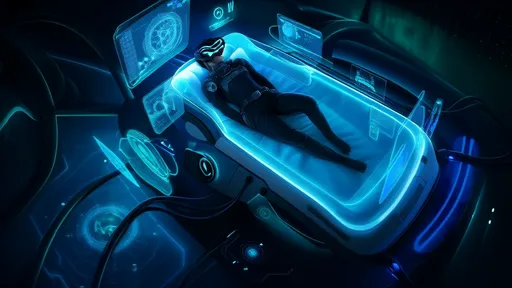
By /Jul 3, 2025
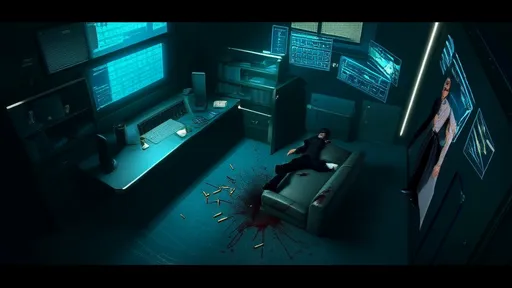
By /Jul 3, 2025

By /Jul 3, 2025
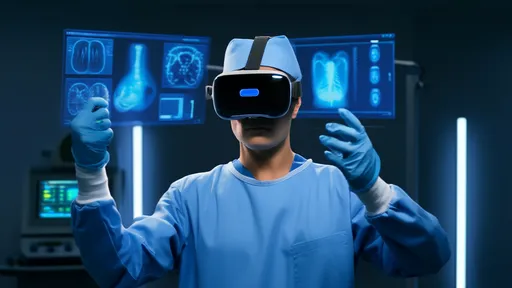
By /Jul 3, 2025

By /Jul 3, 2025

By /Jul 3, 2025

By /Jul 3, 2025

By /Jul 3, 2025

By /Jul 3, 2025

By /Jul 3, 2025
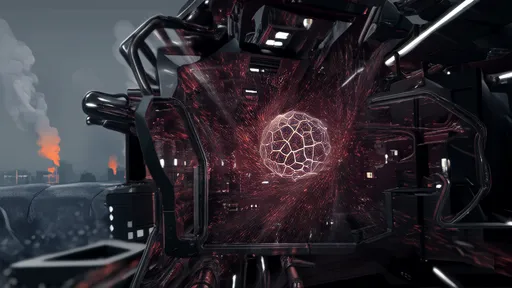
By /Jul 3, 2025

By /Jul 3, 2025

By /Jul 3, 2025

By /Jul 3, 2025

By /Jul 3, 2025

By /Jul 3, 2025
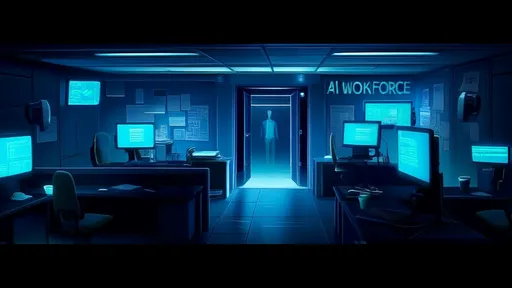
By /Jul 3, 2025